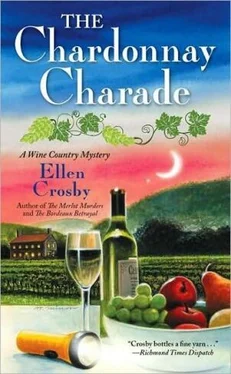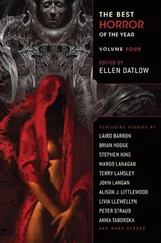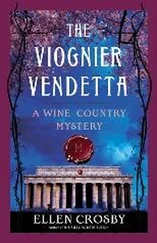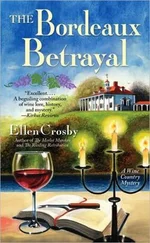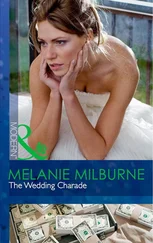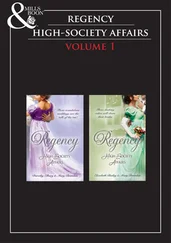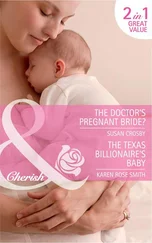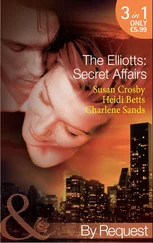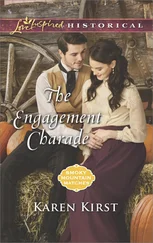Gordon Murchie, president of the Vinifera Wine Growers Association, points out that California and Virginia don’t grow the same grapes, either. The top five California varietals produced are (in order): Chardonnay, Cabernet Sauvignon, Zinfandel, Merlot, and French Colombard. [1] Source: Final Grape Crush Report, 2004 Crop, California Department of Food and Agriculture
In Virginia, that list consists of Chardonnay, Cabernet Franc, Merlot, Vidal Blanc, and Cabernet Sauvignon. [2] Source: Virginia Commercial Grape Report 2004
“We grow a host of French hybrids in Virginia that aren’t grown in California. Three prime examples are Vidal Blanc, Sevyal, and Chambourcin,” Murchie says.
So how can you tell the difference between a California and Virginia Chardonnay, the number-one grape grown on both coasts? Part of the answer is in the barrels used in fermenting.
“Because of the ‘fruit-forward’ taste of a California Chardonnay,” John Delmare explains, “forty to fifty percent of the barrels can be new, meaning they impart a strong oak flavor. In Virginia, we use mostly older barrels because we don’t want to overpower the more delicate fruit with other tastes—especially oak. A Virginia vineyard wouldn’t use more than twenty to thirty percent new barrels.”
It was a Virginian—Thomas Jefferson—who first promoted the idea that the newly formed United States ought to have its own wine industry. Though he’d hoped Virginia would lead the way, he’d undoubtedly be pleased at the way things turned out—according to Gordon Murchie, there are now wineries in all fifty states.
“Jefferson understood that the soil and the climate make the wine,” Juanita Swedenburg says. “When he was ambassador to France, he drank wines from all over Europe, so he appreciated this difference. Today, we can taste wines from anywhere in the world. That’s the fun part—to be adventurous enough to try something new and see if you like it.”
It takes a village to make a book, although this one seems to have taken a state (or commonwealth, to be precise)—and that would be Virginia. I am indebted to many people throughout the Old Dominion who have generously helped me with research and fact-checking. As always, if it’s right, they said it; if it’s wrong, it’s on me.
First and foremost, heartfelt thanks and gratitude to Juanita Swedenburg of Swedenburg Estate Vineyard in Middleburg, Virginia, for all the technical assistance and hands-on experience to make Lucie’s vineyard run so well. Thanks also to Jon Wehner of Chatham Vineyards in Machipongo, Virginia; John Delmare of Rappahannock Cellars in Huntly, Virginia; and Gordon Murchie of the Vinifera Wine Growers Association.
Lieutenant Rich Perez and PFC Tommy Thompson of the Fairfax County Police Department and John French, crime lab supervisor, Baltimore Police Department, helped with police matters and forensics. Steve Bussmann of Bussmann Aviation in Vienna, Virginia, answered questions about the use of helicopters to treat frost in a vineyard.
I made extensive use of local historian Eugene M. Scheel’s series Loudoun Discovered: Communities, Corners & Crossroads published by the Friends of the Thomas Balch Library, Leesburg, Virginia, and also owe him thanks for taking the time to talk to me and set me straight on historical details.
More thanks for research help go to Tony and Belinda Collins, Skipp Hayes, Stan Kerns, Sarah Knight, Jim Malone, André de Nesnera, Andrew Thompson, and Lyle Werner.
Donna Andrews, Cathy Brannon, Louise Branson, Mary Featherly, and Catherine Reid read and commented on drafts of this book. Thanks, also, to Carla Coupe, Laura Durham, Peggy Hanson, Val Patterson, Noreen Wald, and Sandi Wilson.
In New York, I’m grateful for the support and talent of many people at Scribner, but especially Brant Rumble, Katie Monaghan, Susan Moldow, Anna DeVries, Andrea Bussell, and Whitney Frick, as well as Maggie Crawford at Pocket Books. Finally, deepest thanks to Dominick Abel, who made it all happen.
Ellen Crosby is a former freelance reporter for The Washington Post and was the Moscow correspondent for ABC News Radio. She has spent many years overseas in Europe and the former Soviet Union, but now lives in Virginia with her husband and sons. Crosby is the author of Moscow Nights and The Merlot Murders. She is currently writing the third book in the Wine Country Mystery series.
Visit her website at www.ellencrosby.com.
Source: Final Grape Crush Report, 2004 Crop, California Department of Food and Agriculture
Source: Virginia Commercial Grape Report 2004
